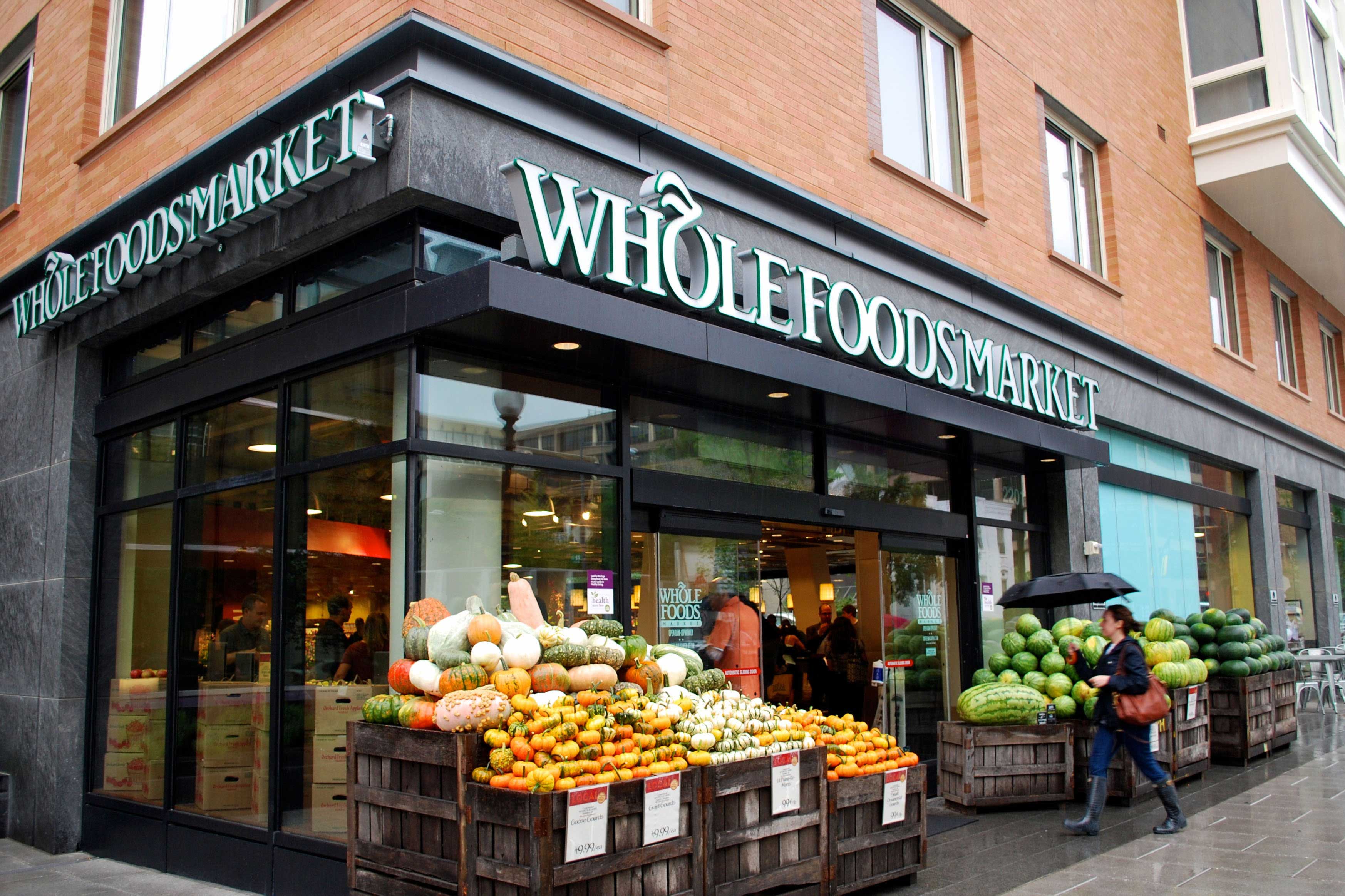Whole Foods Market recently found itself on the business end of a U.S. Environmental Protection Agency (EPA) hazardous waste enforcement action that will cost the company over $4 million in penalties and projects. Where did this retail food giant go wrong, and how can you learn from its mistakes? Today we will review the issues that got Whole Foods in hot water with the EPA and the penalties it will pay.
 |
What Went Wrong for Whole Foods?
Hazardous waste management issues that tripped up Whole Foods and that many facilities face include:
- Recognizing which substances may become hazardous waste;
- Storing hazardous waste without needing a permit; and
- Managing universal wastes.
Following up on a tip from the New Mexico Environment Department, the EPA conducted a year-long investigation and record review of Whole Foods’ actions as a generator of hazardous waste in EPA Region 6. Investigators found Whole Foods did not properly make hazardous waste determinations at facilities in Texas, Arkansas, Louisiana, Oklahoma, and New Mexico. In addition, according to the EPA, Whole Foods improperly handled spent lamps, one of EPA’s universal wastes. Universal hazardous wastes are common to many types of facilities and industrial sectors.
Tip for Handling Universal Waste
Stay small. If you have certain hazardous waste at your facility, you are a generator of hazardous waste. If you decide to manage them as universal waste, you are automatically a universal waste handler by virtue of being a generator of universal waste. Generated universal waste is not counted in a generator’s hazardous waste quantity if it is managed according to universal waste rule.
As a generator, you would likely send your waste to a facility that receives universal waste. The owner/operator of that facility is also, by definition, a universal waste handler.
Under the federal universal waste rules, the types of hazardous wastes that may be managed as universal waste are:
- Batteries (nickel cadmium batteries, in particular)
- Certain waste pesticides
- Mercury-containing equipment (MCE)—which includes thermostats
- Lamps
Note. Your state may have additional wastes that can be handled as universal wastes.
Try to remain a small quantity handler of universal waste (SQHUW). If you decide to handle your hazardous waste as universal waste, there are fewer requirements if you are a SQHUW rather than a large quantity handler of universal waste (LQHUW). An SQHUW cannot accumulate 5,000 kilograms (11,023 pounds) or more total universal waste at any time.
Penalty, Plus for Whole Foods
Under the settlement with the EPA, Whole Foods will pay a hefty civil penalty of $3.5 million. However, as with most EPA enforcement actions, the true cost of compliance amounts to more than the monetary penalty. In addition to the $3.5 million, Whole Foods has three other responsibilities under the settlement:
- Come into compliance. Whole Foods is in the process of correcting the hazardous waste violations.
- Perform a supplemental environmental project (SEP). SEPs are “voluntary” environmentally beneficial projects related to the violation. However, SEPs can be enormously costly and cannot be part of the costs of bringing your facility back into compliance—you still have to pay for that. Whole Foods will spend $500,000 to create and fund a SEP to educate retailers in Texas about hazardous waste compliance.
- Launch a hazardous waste tracking system. The EPA hopes this will become a standard for the retail sector.
Tracking hazardous wastes can be an enormous headache for generators. Check Enviro.BLR.com® for all the tools and compliance tips you need as a hazardous waste generator.
